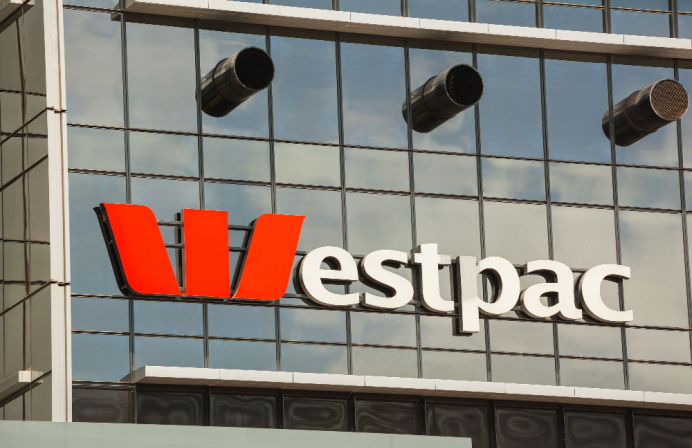
Westpac chief executive Peter King has revealed the bank is moving to cut down its technology stack by two-thirds as part of a wholesale streamlining initiative.
Revealing details of the technology downsizing push during Westpac’s 2023 full-year results presentation, King revealed that at least 70 per cent of the bank’s technology infrastructure, including cloud and developer platforms, are now “evergreen”.
This, he said, has made the core tech stack “current and available to be built on”, creating a foundation for Westpac to accelerate its technology simplification agenda.
Following on from the successful completion of a major portfolio simplification initiative, which saw the bank exiting 10 businesses over the last three years as well as hitting the final stages of its CORE remediation program, King said the bank will now redouble its efforts on “accelerating the simplification of product, platforms and enterprise”.
He said: “Our technology isn’t older or less capable than peers – we just have too much of it.
“Cutting our technology components from around 180 [systems] down to around 60 will improve our speed to market, make us more efficient on costs, and reduce operational risk… [which] is a big agenda for the company over the next four years,” King said.
“This is a massive commitment for this organisation,” King said. “There’s a big goal here, but we have to do it for so many reasons – customer service, risk management, costs. And as the world gets more complex in terms of its requirements, we need to simplify.”
King said the bank would commit around $2 billion each year in sustained investment to support the technology streamlining drive, which falls under the wider “growth and productivity” initative.
“Now with the bandwidth from portfolio simplification behind us and risk management we’ve broken the back of, we can look at this next phase [of technology simplification].”
What’s getting slashed?
Systems to support customer and employee experience, product and service origination and processing, enterprise workflow and collection, as well as foundational technologies, including cloud and developer platforms, are set to be consolidated and cut by half.
Westpac will take an even sharper knife to platforms supporting customer onboarding, payments and data, with plans to slash the total number of systems to manage these capabilities by around two-thirds – from upwards of 60 platforms currently to around 20 when the program is complete.

For instance, King said, the bank has upwards of around 20 identification methods that need to be “collapsed”, while areas like collections, which remain largely manual in many cases, need to be replaced with automated solutions.
“Collections or hardship is one of the capabilities in the enterprise layer that we’re after. Our board and executive are committed to it; we see it as a must-do,” King said.
He noted that the bank has put significant focus on rebuilding and simplifying its tech foundation layer, including reducing networks from six to one, consolidating data centres and data platforms, and re-coding technology for cloud-based systems.
“We’re going to be where we need to be on that [foundation] layer in early 2024, and that allows us to build everything else on top of it.”
King said Westpac’s tech team has embraced a “modular”, componentised systems approach, which would “add flexibility” to its tech stack and “allow individual workstreams to be scaled up or down as required”.
To support the bank’s overall tech stack consolidation program, King said the bank would need around $2 billion each year in sustained investment, under the growth and productivity “envelope”.
With its risk and regulation program now largely complete, spend, he said, will be re-directed to these “growth and productivity” initiatives.
Over the last four years, the bank has invested around $1.9 billion in its transformation initiatives, with around two-thirds of this specifically allocated to its risk and regulation program, including the CORE remediation program, King said.
The Westpac chief also welcomed tech simplification as a critical path to cost reduction in the business, noting that the management of large number of technology systems can be cumbersome and costly.
“Execution will be the key, with a whole of organisation approach which is principals based. Customer experience is obviously the key driver, and the simplification will be jointly led by both the business and technology [teams],” King said.
“We’re outcomes-focused. Our key measures of success will be improving return on tangible equity and growing the business in line with [the] market.”
“This next phase is about radically simplifying the bank. For this to be successful, it’s fundamental that we accelerate the simplification of processes and technology.”
King said further updates on the bank’s tech simplification agenda will be made early next year.





